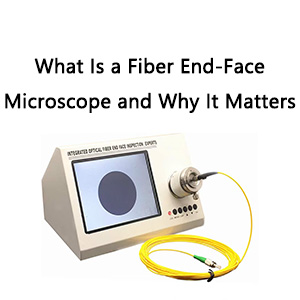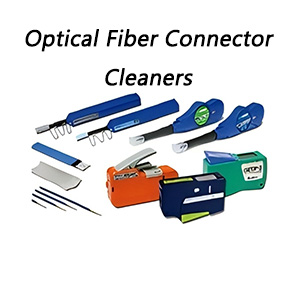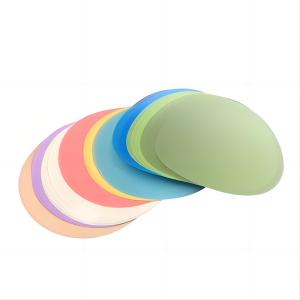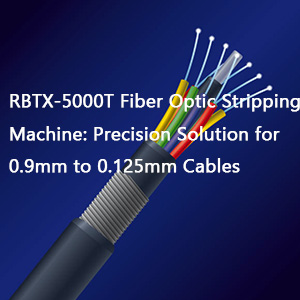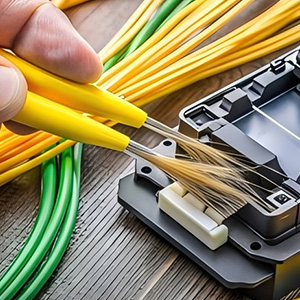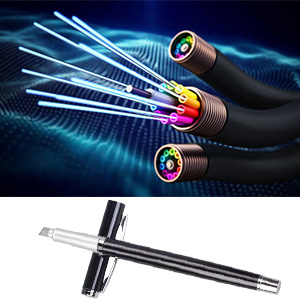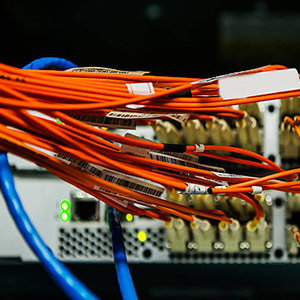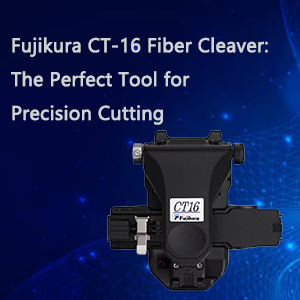Fiber optic instruments are indispensable in the realm of fiber optic communication, meticulously crafted to guarantee the precision, quality, and efficiency of fiber optic systems. These instruments are pivotal in the installation of new networks and the maintenance and testing of existing ones, ensuring seamless, high-speed, and dependable data transmission.
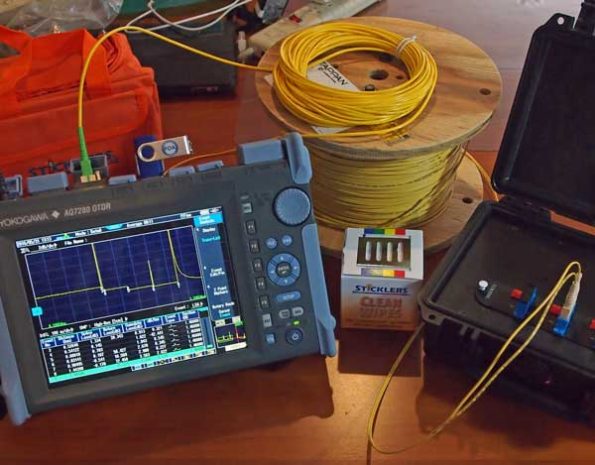
The Crucial Role of Fiber Optic Polishing
Fiber optic polishing is an essential process that ensures the proper alignment and a smooth surface finish on fiber optic connectors. This process is critical for minimizing signal loss and enhancing transmission quality. Utilizing fiber optic polishing instruments to refine the fiber end faces achieves a high degree of accuracy, reducing insertion loss and ensuring optimal optical performance. These polishing tools maintain the quality of connectors such as LC, FC, and SC, preparing them for deployment in high-performance environments.
The Significance of Fiber Optic Splicing
Fiber optic splicing instruments are indispensable for the permanent connection of two fiber ends, a key process in constructing large-scale fiber optic networks. There are two predominant methods of splicing: fusion splicing and mechanical splicing. Fusion splicing, which is particularly sophisticated, necessitates specialized equipment that heats and fuses the fiber ends, resulting in a low-loss connection. Mechanical splicing, while more straightforward, employs connectors to join the fibers. In both scenarios, precise instruments are vital for preserving signal quality and reducing attenuation within the network.
Fiber Optic Testers for Performance Enhancement
Fiber optic testers are engineered to validate the integrity and performance of fiber optic cables and networks. These devices can measure various parameters, including insertion loss, return loss, and signal attenuation, ensuring that the cables adhere to the required performance standards. Optical time-domain reflectometers (OTDRs), power meters, and visual fault locators are among the common testing instruments utilized in fiber optic networks. These testers facilitate the identification of issues such as breaks, bends, or misalignments in the fibers, guaranteeing uninterrupted network operations.
Fiber Optic Tools for Installation and Maintenance
Beyond polishing and splicing, an array of fiber optic tools is required for installation and maintenance. This includes cable strippers, cleavers, crimpers, and precision cutters, all of which are essential for preparing cables for termination or splicing. Moreover, protective gear and toolkits assist technicians in handling fiber optics safely and efficiently, preventing any damage during installation or repairs.
Conclusion
Fiber optic instruments are the cornerstone of a well-functioning fiber optic network. Each tool, from polishing machines to testers, plays an indispensable role in ensuring that networks provide the high speeds and low latency expected in contemporary communication systems. Fiber-Life offers a comprehensive range of fiber optic instruments, including those for splicing, testing, and polishing, ensuring that every installation, from small-scale networks to expansive data centers, operates at peak efficiency. Armed with the appropriate instruments, maintaining the caliber of fiber optic communication has never been more accessible.


